
As part of a research studio concerned with biological influences within architecture, initial material studies were conducted utilizing a sponge and ink. One method involved letting ink flow over a page and observing the contact, the absorption, and the dried results with sponges in different states (natural, artificial, damp, dry, etc.) These produced a series of images that revealed certain biological patterns within the action and the elements, such as bubbling, branching, and cellular automaton.
Flow was investigated through additional materials in order to create a technique in which such a form could be built. Wax forms paid homage to the microscopic structure of natural sponges and in turn, produced a voronoi pattern.
Faced with the given program of a pavilion, the voronoi was utilized as a plan for the filtering of circulation, as well as providing moments of rest.
Giulia Nuova, Italy was selected as the site for the pavilion, due to a need for improved connectivity between its communities, currently separated by a polluted creek. Additional programs were suggested, such as bicycle paths, wetland filtration systems, and natural pools.
Status: School Project
Location: Giulia Nuova, Italy


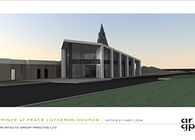
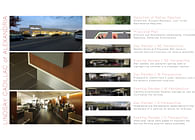

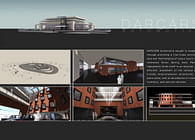
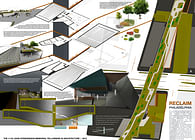
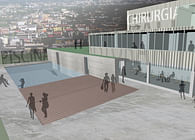

![Piazze Celimontana Scuola Materna [SP 11] | Prof. Caroline Vaccaro Piazze Celimontana Scuola Materna [SP 11] | Prof. Caroline Vaccaro](https://archinect.gumlet.io/uploads/q2/q22iet9o2fb0p5z1.jpg?fit=crop&auto=compress%2Cformat&enlarge=true&crop=entropy&w=195&h=140)
![Socialist Camp David [SP 10] | Prof. Srdjan Jovanovich Weiss Socialist Camp David [SP 10] | Prof. Srdjan Jovanovich Weiss](https://archinect.gumlet.io/uploads/7r/7roc3h77eiqix36a.jpg?fit=crop&auto=compress%2Cformat&enlarge=true&crop=entropy&w=195&h=140)